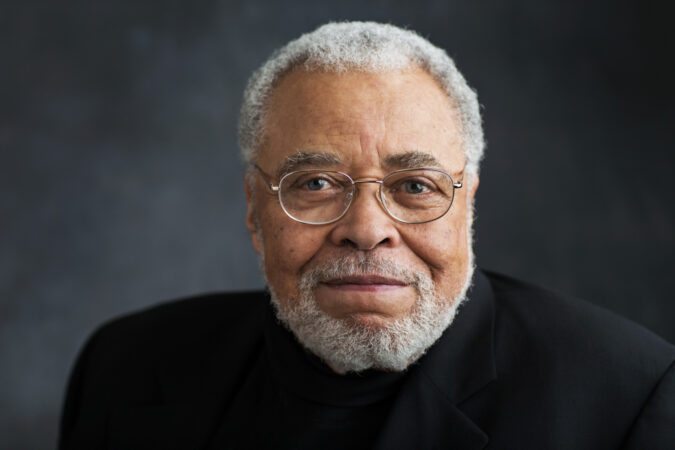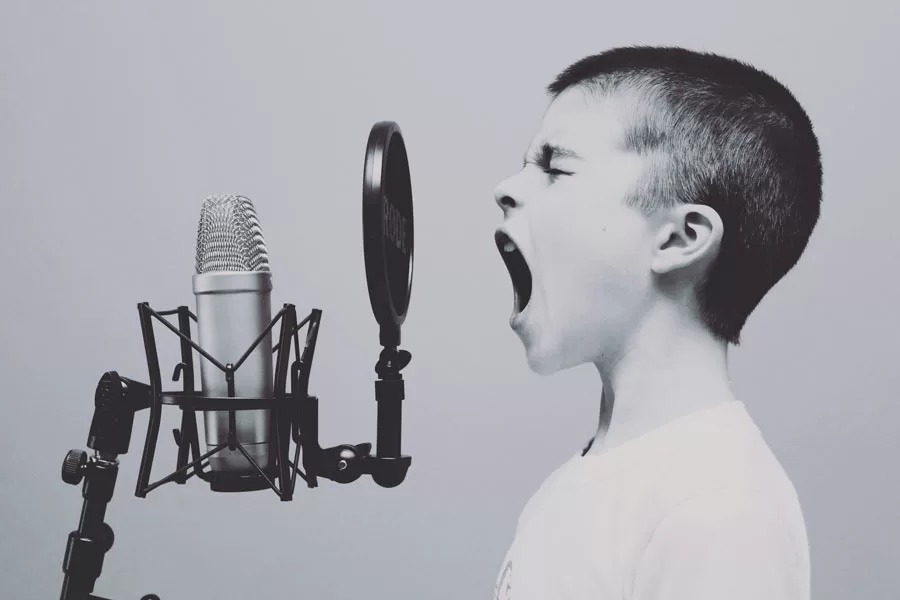In recent years, the advertising landscape in Australia has seen a notable shift towards digital audio platforms. As brands invest more in digital audio, media agencies are keen to highlight the continued significance of traditional broadcast radio in their marketing strategies.
The Digital Audio Boom
The digital audio sector has witnessed substantial growth, driven by the increasing popularity of streaming services and podcasting. Advertisers are recognising the value of reaching audiences through these platforms, as they offer targeted advertising possibilities and a personal touch that resonates with listeners.
According to industry reports, spending in digital audio is on the rise, reflecting a broader trend towards digital media consumption. This shift is particularly appealing to brands looking to connect with younger demographics who are more engaged with online audio formats.
The Timeless Appeal of Broadcast Radio
Despite the surge in digital audio, broadcast radio remains a crucial component of the media mix. Many media agencies emphasise that radio offers unique advantages, such as wide reach, local targeting, and established trust between listeners and their favourite stations.
Broadcast radio continues to be a reliable medium for advertisers, especially for local businesses seeking to connect with their communities. The immediacy of radio advertising allows brands to capitalise on current events and promote time-sensitive offers effectively.
Finding Balance
As the digital audio market expands, the challenge for advertisers is to find the right balance between digital and traditional media. While digital audio offers innovative ways to engage consumers, the strengths of broadcast radio cannot be overlooked. Media agencies advocate for an integrated approach, combining the reach of broadcast radio with the precision of digital audio targeting.
Conclusion
The landscape of audio advertising is evolving, but the importance of broadcast radio remains steadfast. As brands navigate the complexities of digital audio spending, they must recognise the value that traditional media brings to their overall strategy. By leveraging both digital and broadcast audio, advertisers can ensure they are effectively reaching their target audiences in this ever-changing media environment.











